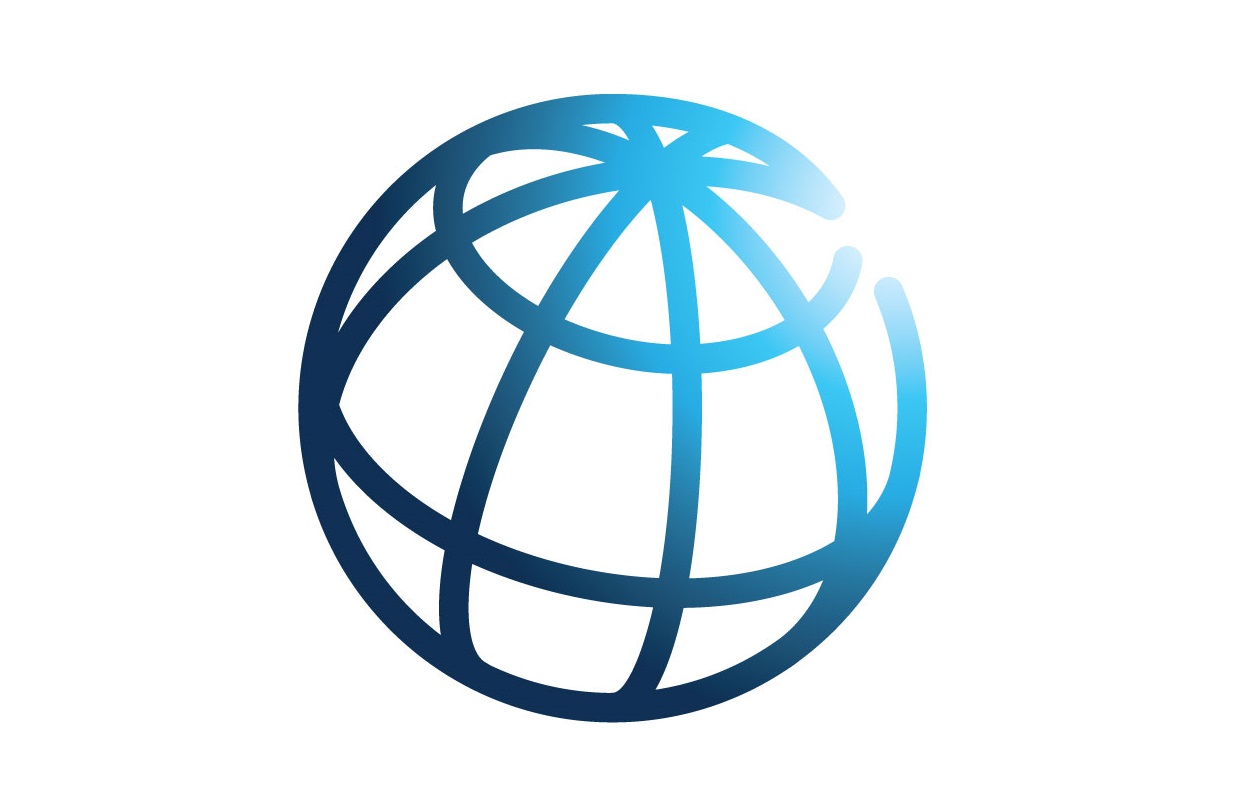TASHKENT, Uzbekistan, May 25. The World Bank has given the green light to a $200 million concessional credit to help Uzbekistan get its ducks in a row by modernizing its irrigation and drainage infrastructure and enhancing the quality of irrigation service delivery, Trend reports, citing the World Bank.
The project aims to reduce water losses and increase the energy efficiency of irrigation systems across five regions of Uzbekistan. An additional $23.2 million in co-financing will be provided by the government of Uzbekistan.
And the good news is that this initiative is just the tip of the iceberg in a larger World Bank-backed regional program designed to turn the tide on water efficiency and conservation throughout Central Asia.
Given Uzbekistan’s arid climate, irrigation is vital to the country’s agricultural sector, which accounts for roughly 25 percent of GDP and total employment. Agriculture consumes about 90 percent of the nation’s water, primarily sourced from the Amu Darya and Syr Darya rivers. However, much of the country's irrigation infrastructure is outdated, leading to water losses, inefficient distribution, and inadequate service for farmers.
Climate change is expected to further strain water resources in Uzbekistan. Experts project that water availability could decline by 30–40 percent, while irrigation demand may rise by 25 percent, due to reduced glacier-fed flows, erratic rainfall, and more frequent droughts.
Around 2.4 million hectares of irrigated farmland — over half of the total — rely on pumping stations for water delivery. These 1,700 stations consume about 7.2 billion kWh of electricity annually, representing 16 percent of Uzbekistan’s total electricity usage.
The Ministry of Water Resources will lead the project in the Republic of Karakalpakstan and the Bukhara, Kashkadarya, Namangan, and Surkhandarya regions. Completion is expected by 2031.
Key components of the project include:
- Concrete lining of 259 kilometers of primary canals connected to the Amu Darya and Syr Darya rivers, using advanced materials like geomembrane.
- Re-sectioning and elevation of canal beds to enable gravity-fed water supply, reducing dependence on pumps.
- Construction of approximately 470 hydraulic structures to enhance water flow control.
- Installation of gated canal outlets with flowmeters and a SCADA (Supervisory Control and Data Acquisition) system.
Expected outcomes:
- Improved irrigation service delivery across 232,000 hectares of farmland.
- Direct benefits to about 180,000 water users, including 80,000 women.
- Annual water savings of approximately 540 million cubic meters.
- Annual electricity savings of more than 165 million kWh, enhancing energy efficiency and lowering costs.
This capital infusion aligns with Uzbekistan’s overarching strategy for sustainable hydrological governance and climate adaptability, bolstering enduring agronomic output and rural advancement.







